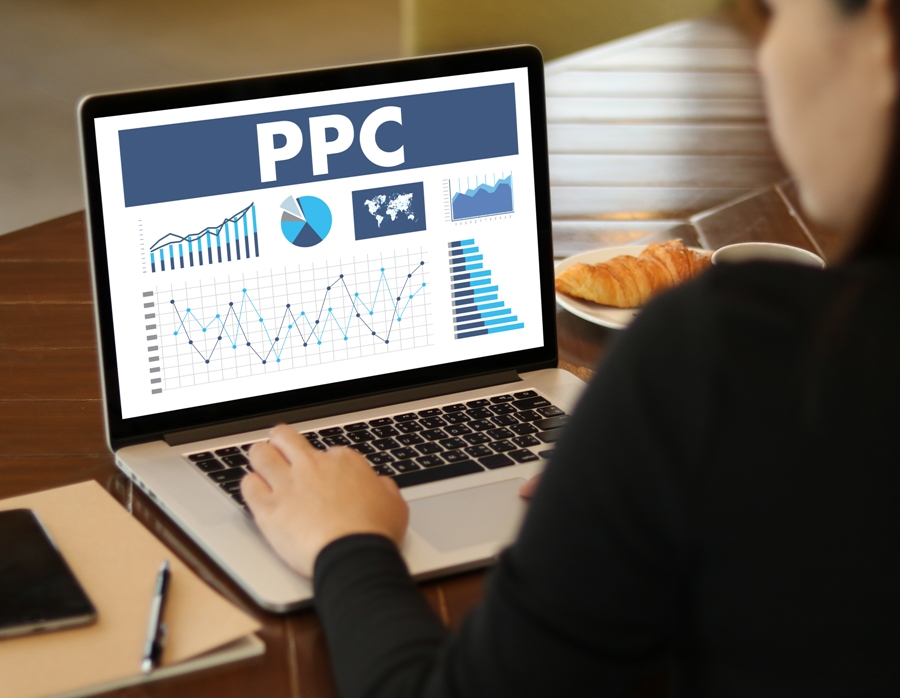As AdWords increases in popularity among marketers, the cost per acquisition is also increasing. One factor that can lead to a lower cost per acquisition is higher conversion rate – the percentage of site visitors who convert by way of purchase, sign-ups etc. That’s why conversion rate optimization is an important goal for experienced Google AdWords management professionals.
If your Google AdWords traffic is not converting, read on to learn about possible reasons:
#1 Inadequate Testing Procedures
When you outsource an AdWords campaign, check if the external team is doing A/B testing which is a powerful technique that allows users to develop two different versions of the same page and have them analysed with one metric to find out which one performs better. Many marketers don’t use this powerful technique but those who do benefit by gaining knowledge of visitor behavior and improving conversion rates.
#2 Ineffective Ad Copy
When a searcher lands on your website, you have only a few seconds to make a strong impact. Expert Google AdWords management professionals do this with effective ad copy that’s simple, outstanding, relevant and persuasive without being too sales-oriented. Your ad copy should also have a sense of urgency and motivate people to take an action. The call to action, most often triggered by a click, should be displayed prominently so that does not get lost among the other elements on the page.
#3 Disconnected Landing Page
A qualified white label PPC services provider will ensure that the ad links to an optimized landing page. Too many times, people click on an ad which leads to a web page or blog post that has no connect with the ad which only drives them away. A well-designed landing page having content that aligns with ad is essential to ensure your audience is brought further along your sales funnel or else you’re just wasting time and money.
#4 Cumbersome Forms and Sign Up
There are many ways audiences show they’re interested in further association with the website – for example, through forms and sign-ups. The key here is to have forms that are simple and short or else people will just not bother to sign up. Try to get rid of unnecessary elements such as captcha, additional password fields and make the process easier by prefilling some details.
#5 Lack of Trust
It’s normal for audiences to be skeptical about a new website and they need a level of trust before converting. You can take several steps including displaying high quality original images that are related to your business, accepted payment icons and trust marks that help establish familiarity. You can also assure customers that their data and privacy will be protected and spell out your refund policy clearly.
#6 Build Social Proof
Another way to build trust among site visitors is by prominently displaying social proof such as testimonials, media mentions, current and former clients. The more details you provide, the more likely new site visitors are to trust you. By being active on social media platforms such as Facebook where you allow interactions with audiences with your business as well as among themselves, you can foster trust and brand loyalty.
#7 Optimize for Multiple Devices
Today, mobile traffic is more than website traffic, and if your campaign is not optimized for smartphones and tablets, you can lose out on conversions and profits. If you don’t have expertise to ensure multiple device optimization, outsource to an AdWords services provider for effective solutions. To have an edge over your competitors, consider using Google remarketing ads to target site visitors who left without converting.
Conclusion: Factors such as inadequate testing procedures, ineffective ad copy and a disconnected landing page among others could be preventing your AdWords campaign from performing to its fullest potential. Consulting an AdWords expert can help you overcome these roadblocks. This is by no means an exhaustive list. To discuss these points in detail and to get expert opinion, consult a Google AdWords management professional.

